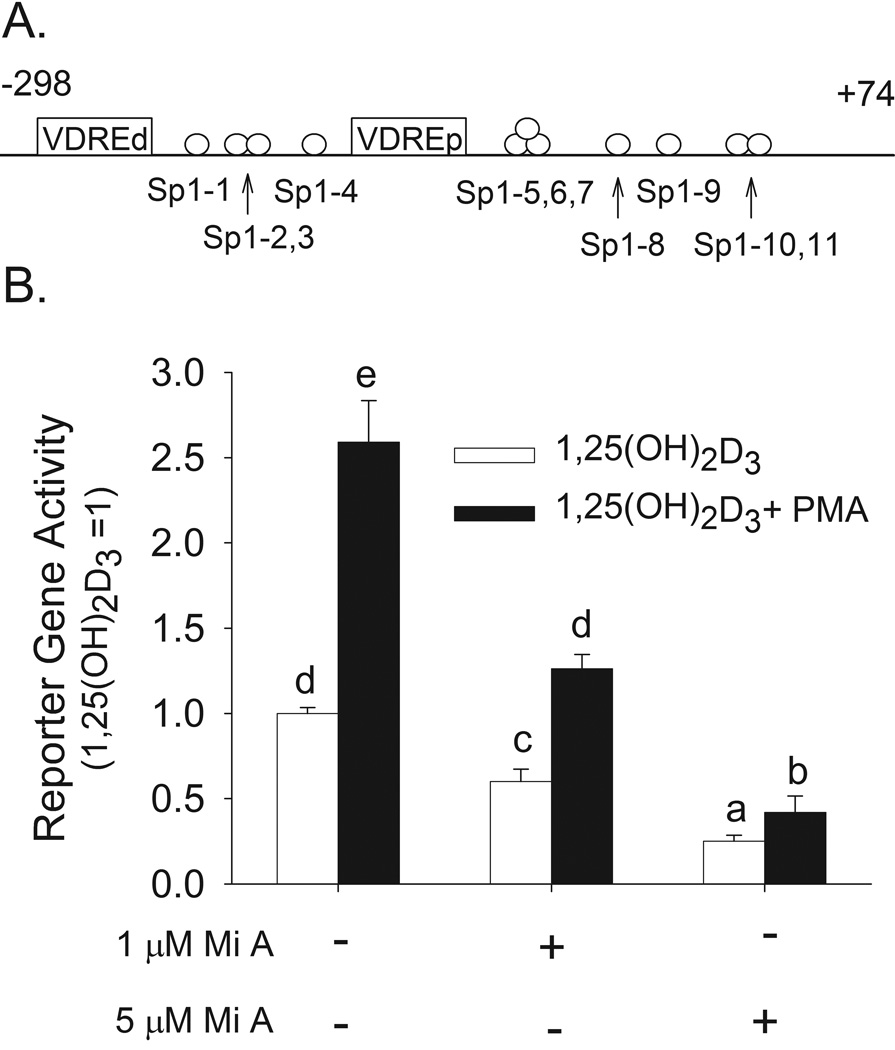Figure 4. Competitive inhibition of Sp family member binding to DNA with Mithramycin A reduces 1,25(OH)2D3-induced and PMA-enhanced human CYP24A1 promoter activity in differentiated Caco-2 cells.
(A) Putative Sp1 sites identified in the −298 to +74 bp region of the human CYP24A1 promoter. (B) Differentiated Caco-2 cells were transfected with a −298 to +74 bp human CYP24A1 promoter-luciferase construct. 15 h later cells were preincubated with Mithramycin A (Mi A, 1 or 5 µM) for 30 minutes in the presence or absence of PMA (100 nM) for the last 10 min. PMA was removed and Mithramycin treatment was continued in the presence of 10 nM 1,25(OH)2D3 or ethanol vehicle for an additional 4 h. Data were expressed relative to the 1,25(OH)2D3-induced expression of the reporter gene (calculated as 1,25(OH)2D3/vehicle = 100) (mean±sem, n=4). The values with different letter superscripts are significantly different from one another (p < 0.05, Fisher’s protected LSD). Data in panel B are representative of three independent experiments.

